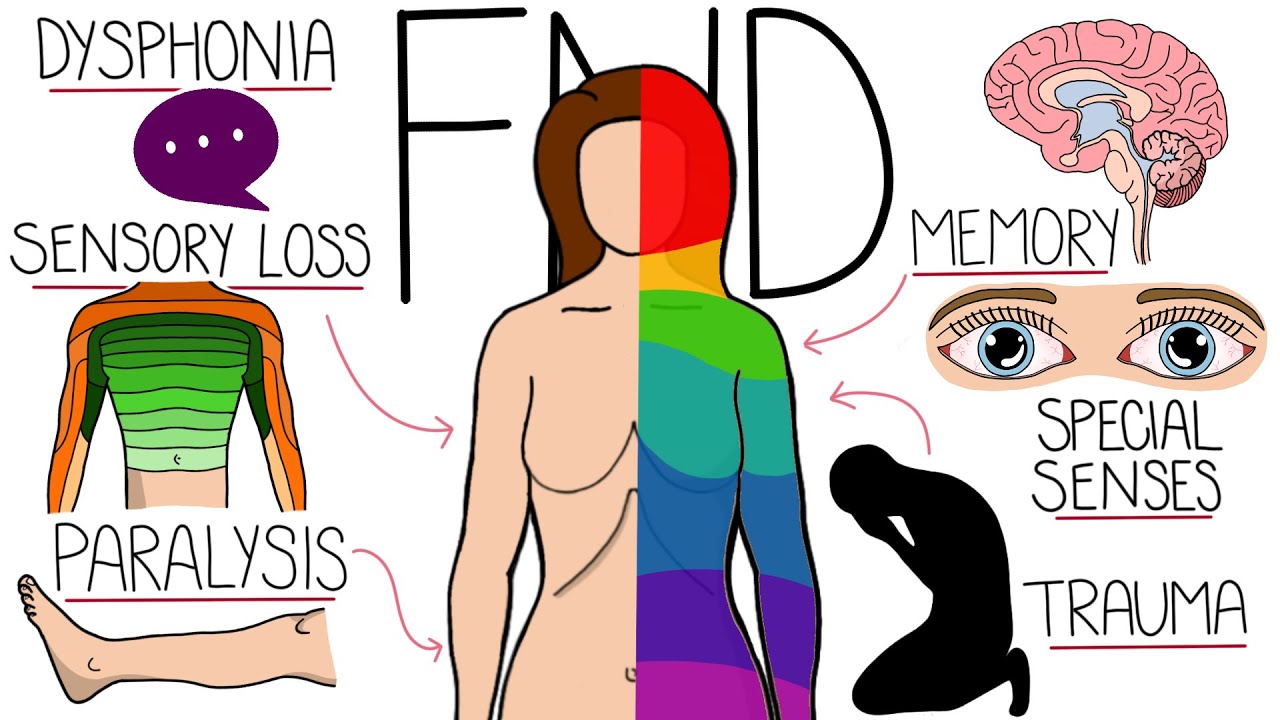NEW YORK (Reuters Health) – Thoracoscopic unilateral extended thymectomy (TUET) is “the best treatment option” for patients undergoing surgery for nonthymomatous myasthenia gravis, clinicians from Romania conclude in the November issue of Annals of Surgery.
In a group of patients followed for up to 10 years, TUET had “zero mortality, low morbidity and comparable long-term results to open surgery,” report Dr. Irinel Popescu and colleagues from the Fundeni Clinical Institute in Bucharest.
“We propose TUET to all patients with generalized myasthenia gravis between puberty and 60 years that are referred to our department,” Dr. Popescu told Reuters Health, adding, “We have tripled the number of patients that we operate per year in compare before 1998 — the year we started the thoracoscopic program in our department.”
In his team’s experience, “the ideal candidate is a person under 35 years of age, operated at less than one year after the disease onset and who is expected to achieve complete stable remission within 18 months, independently of the histological result,” Dr. Popescu said.
Thymectomy is recommended for patients with nonthymomatous myasthenia gravis as an option to increase the probability of remission or improvement, the investigators note in their report. There is current consensus that a patient with generalized myasthenia gravis who is between puberty and age 60 should undergo surgery, “although the optimal approach is still under debate,” they point out.
The goal of TUET is to remove as much thymus and ectopic thymus as possible using minimally invasive unilateral thoracoscopic approach, “with less morbidity and better cosmetic results, resulting in greater acceptance and comparable long-term results,” the clinicians say.
The cohort they describe in the Annals paper included 240 patients who had nontumoral myasthenia gravis for 21.5 months on average before surgery.
All subjects underwent preoperative steroid therapy and 123 also required anticholinesterase drugs and 87 required immunosuppressive drugs. The group included 39 men and 201 women, ranging from 8 to 60 years old. The average follow-up time after TUET was 67 months, with a range 12 to 125 months.
TUET led to complete stable remission (CSR) — defined as no symptoms of MG for at least one year and no therapy for MG during that time – in 61% of the patients. The cumulative probability of CSR was 0.6 at five years and 0.88 at 10 years. The median time to CSR was 18 months. There was no association between remission and histopathologic diagnosis.
Pathologic findings revealed normal thymus in 13 patients (5.5%), involuted thymus in 65 (27%) and hyperplastic thymus in 162 (67.5%). The average weight of the thymus was 110 grams. Ectopic thymic tissue was found in 147 patients (61.3%).
No patient died and morbidity was observed in 12 (5%). Serious morbidity occurred in only four patients (1.7%); three had postoperative hemorrhagic complications and one had postoperative myasthenic crisis with respiratory failure requiring intubation and ventilator support after the operation. There were no conversions to open thymectomy.
The researchers say their overall results compare favorably with other minimally invasive approaches or open approaches.
“Maximal thymectomy,” Dr. Popescu said, “should remain the benchmark against which other thymectomy techniques are measured (whether or not it is the surgical technique of choice).”
However, “due to its advantages – zero mortality, low morbidity, high rates of complete stable remission and pharmacological remission, better cosmetic and pulmonary function-sparing effects, superior compliance from patients and neurologists, with a higher rate acceptance of surgical treatment – we consider that this minimally invasive approach (TUET) could become the best first line solution in the multimodal treatment of myasthenia gravis,” Dr. Popescu said.
Reference:
Ann Surg 2011:254.







